Waves and Electromagnetic Spectrum Worksheet Answers
For students studying waves and the electromagnetic spectrum, having access to reliable and comprehensive worksheet answers is essential. These worksheets provide a valuable resource for understanding key concepts and reinforcing knowledge.
Table of Images 👆
More Other Worksheets
Kindergarten Worksheet My RoomSpanish Verb Worksheets
Cooking Vocabulary Worksheet
DNA Code Worksheet
Meiosis Worksheet Answer Key
Art Handouts and Worksheets
7 Elements of Art Worksheets
All Amendment Worksheet
Symmetry Art Worksheets
Daily Meal Planning Worksheet
What is a wave?
A wave is a disturbance or oscillation that travels through a medium or space, transferring energy without transferring matter. Waves can take different forms, such as mechanical waves (like sound waves and ocean waves) that require a medium to move through, or electromagnetic waves (like light waves) that can travel through a vacuum. Waves can vary in frequency, amplitude, and wavelength, and play a crucial role in various natural phenomena and technologies.
How are waves classified?
Waves can be classified based on their medium as either mechanical waves, which require a medium to travel through, or electromagnetic waves, which can propagate through a vacuum. Mechanical waves are further classified as transverse waves, where the particles oscillate perpendicular to the direction of wave propagation, or longitudinal waves, where the particles oscillate parallel to the direction of wave propagation. Electromagnetic waves are classified based on their frequencies, from radio waves to gamma rays, in the electromagnetic spectrum.
What is the difference between mechanical waves and electromagnetic waves?
Mechanical waves are produced by the vibration of particles in a medium, requiring a material medium to travel through like air, water, or solids, while electromagnetic waves do not require a medium and can travel through empty space. Mechanical waves propagate by transferring energy from one particle to another through the medium, whereas electromagnetic waves consist of oscillating electric and magnetic fields that are self-sustaining and can travel through a vacuum.
How do waves transfer energy?
Waves transfer energy by oscillating particles or fields that propagate through a medium or space. As the wave moves, energy is gradually transferred from one point to another as a result of the particles or fields vibrating and transferring their kinetic energy. This transfer of energy can occur in various wave forms, such as sound waves, water waves, and electromagnetic waves, and plays a crucial role in many natural phenomena and technological applications.
What are the characteristics of a transverse wave?
A transverse wave is a type of wave in which the particles of the medium move perpendicular to the direction of the wave's energy transfer. Some characteristics of transverse waves include oscillation of particles in a vertical or horizontal direction, amplitude representing the maximum displacement of particles from their equilibrium position, wavelength determining the distance between two consecutive points in phase, and frequency indicating the number of complete oscillations per unit time. Transverse waves exhibit properties like reflection, refraction, diffraction, and interference, making them essential in various fields like physics, engineering, and technology.
Give an example of a longitudinal wave.
An example of a longitudinal wave is sound waves. Sound waves travel through a medium by compressing and rarefying the particles of the medium in the same direction as the wave is propagating. This results in the oscillation of particles along the same axis as the wave's movement.
What is the relationship between frequency and wavelength?
The relationship between frequency and wavelength is inverse: as the frequency of a wave increases, the wavelength decreases, and vice versa. This means that shorter wavelengths correspond to higher frequencies, while longer wavelengths correspond to lower frequencies. Mathematically, this relationship is described by the equation: speed of light = frequency x wavelength.
What is the electromagnetic spectrum?
The electromagnetic spectrum is the range of all frequencies of electromagnetic radiation, including radio waves, microwaves, infrared, visible light, ultraviolet, X-rays, and gamma rays. This spectrum covers a wide range of wavelengths and energies, with each region having unique properties and interactions with matter.
How are different types of electromagnetic waves used in daily life?
Different types of electromagnetic waves are used in daily life in various ways. Radio waves are used for communication through radios and cell phones. Microwaves are used for cooking and wireless communication. Infrared waves are used in remote controls and thermal imaging. Visible light is used for lighting and optical communication. UV waves are used in medical treatments and sterilization. X-rays are used in medical imaging, and gamma rays are used in cancer treatment and security screening.
What is the speed of light in a vacuum?
The speed of light in a vacuum is approximately 299,792 kilometers per second or about 186,282 miles per second.
Have something to share?
Who is Worksheeto?
At Worksheeto, we are committed to delivering an extensive and varied portfolio of superior quality worksheets, designed to address the educational demands of students, educators, and parents.

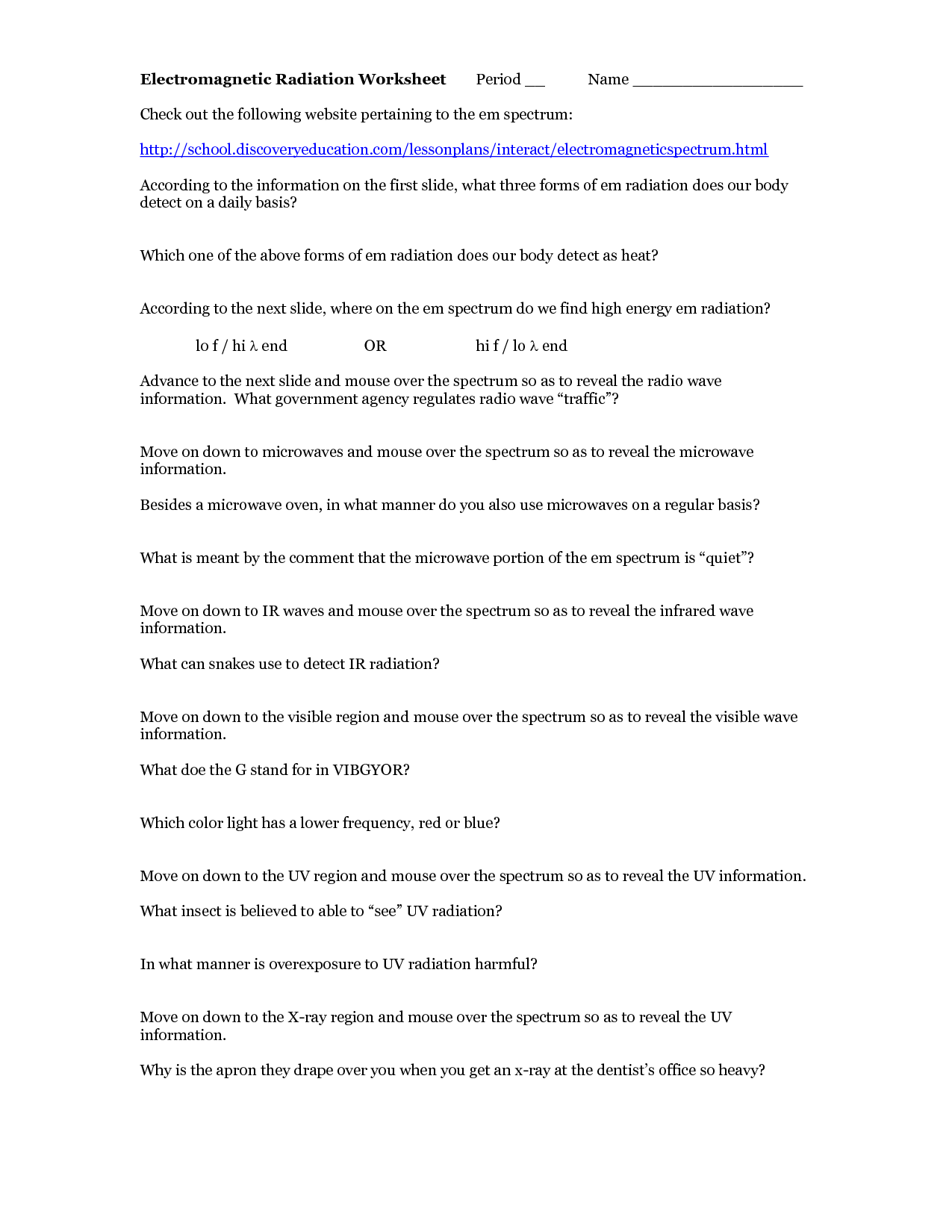



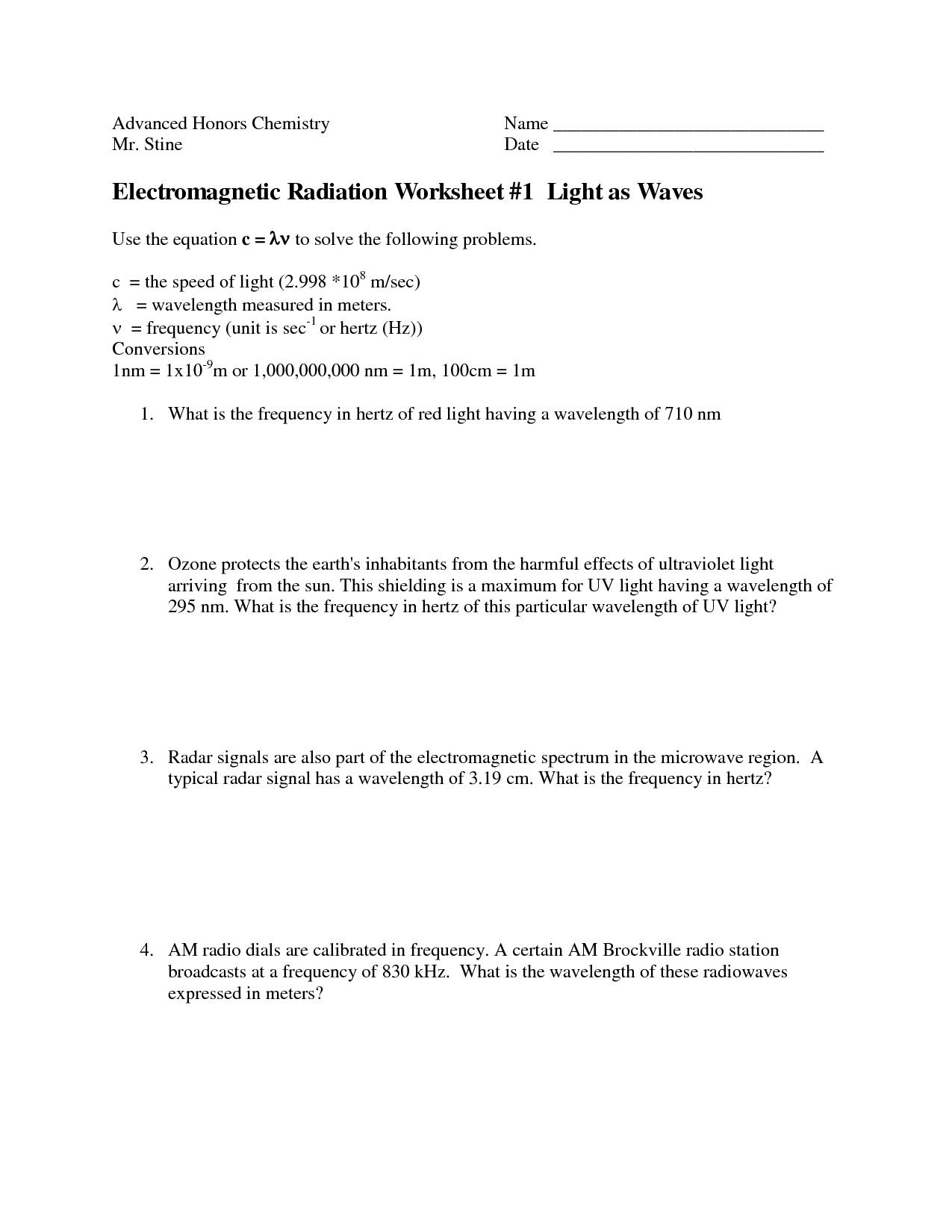

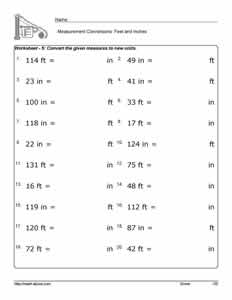
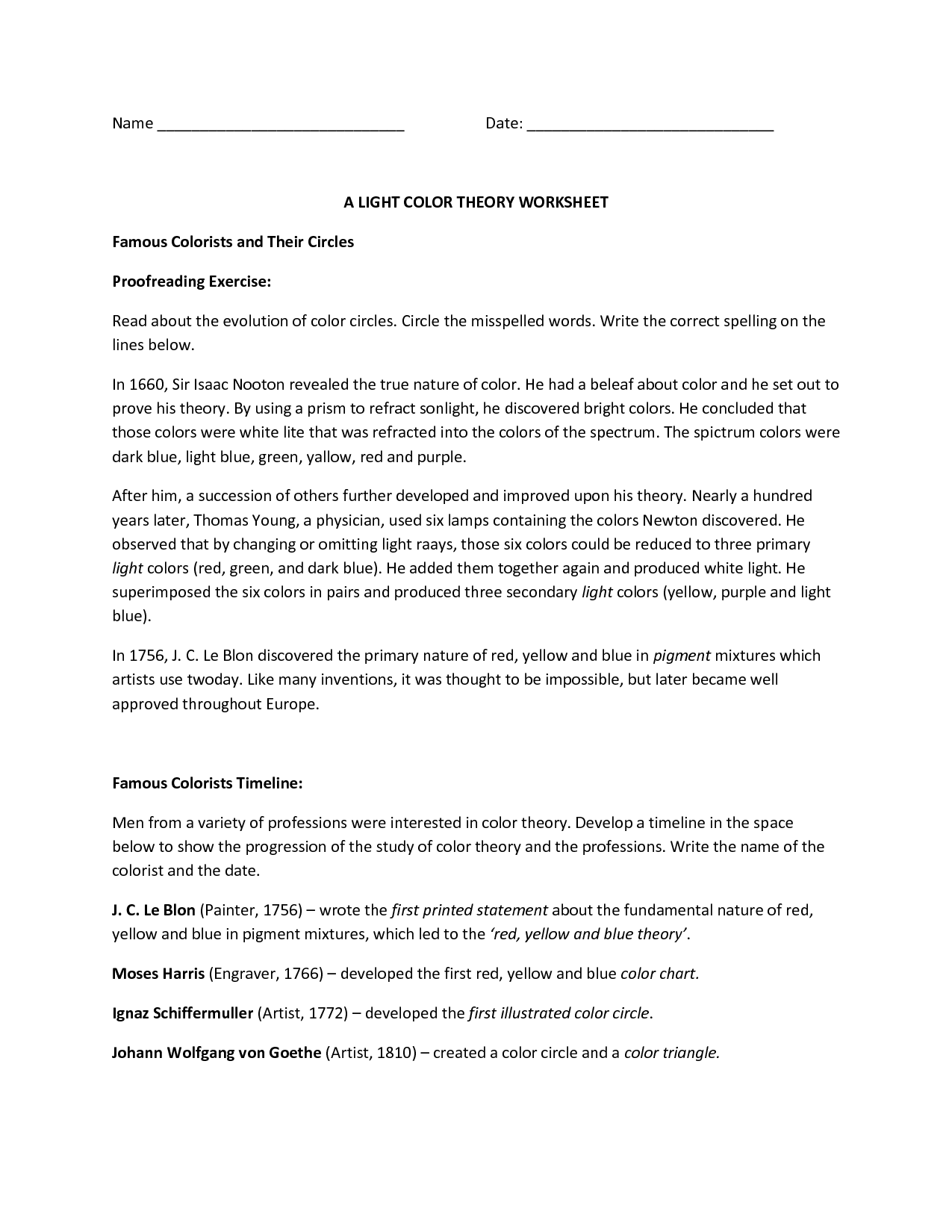
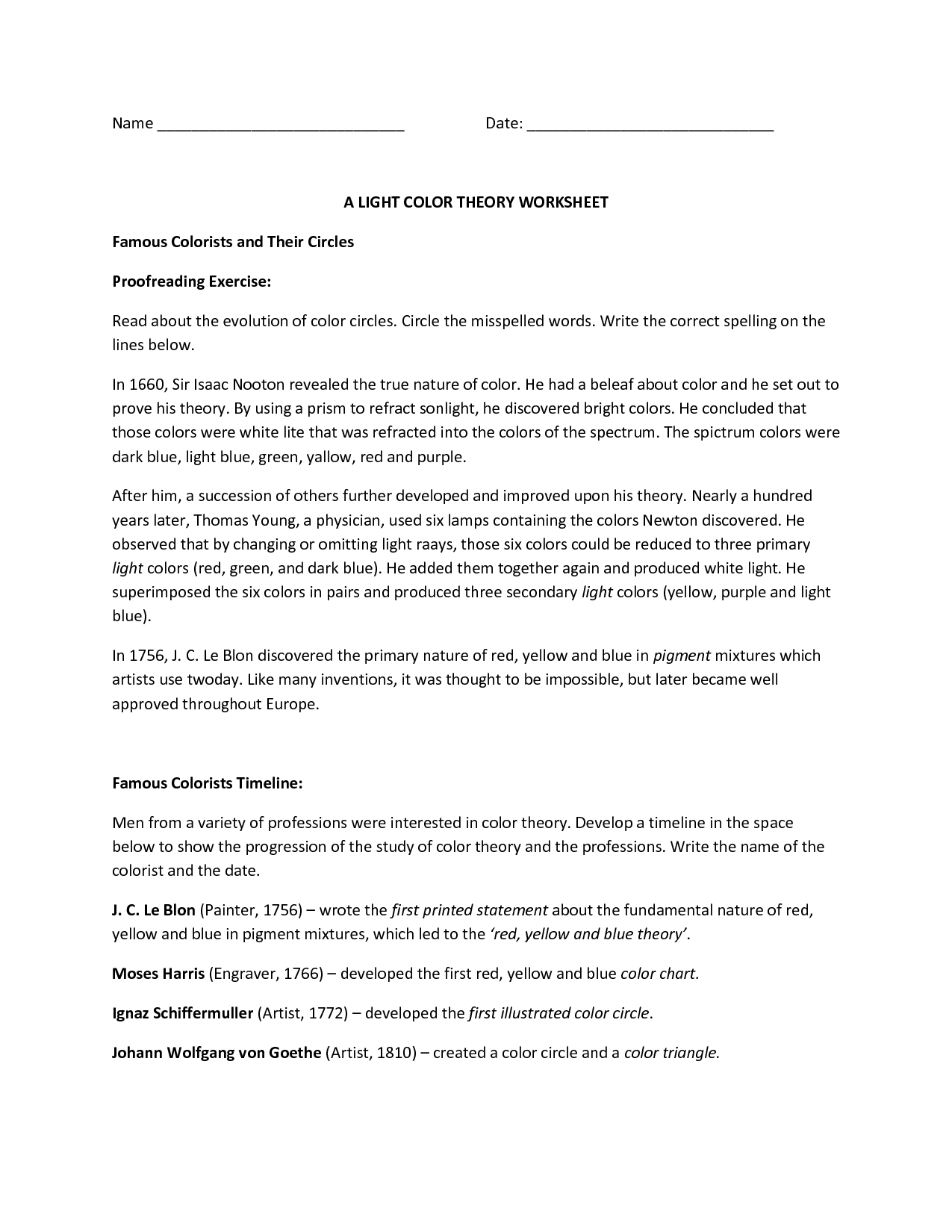
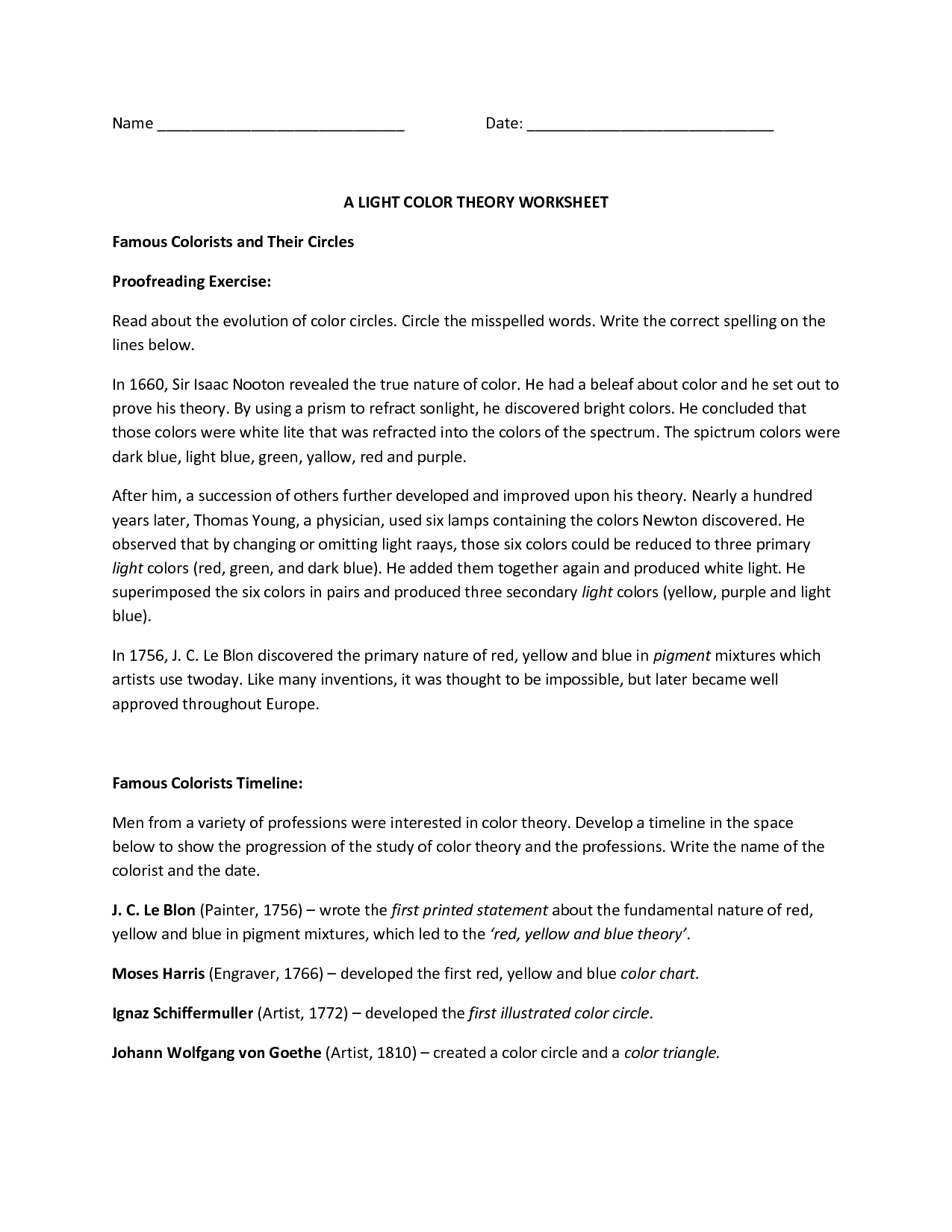
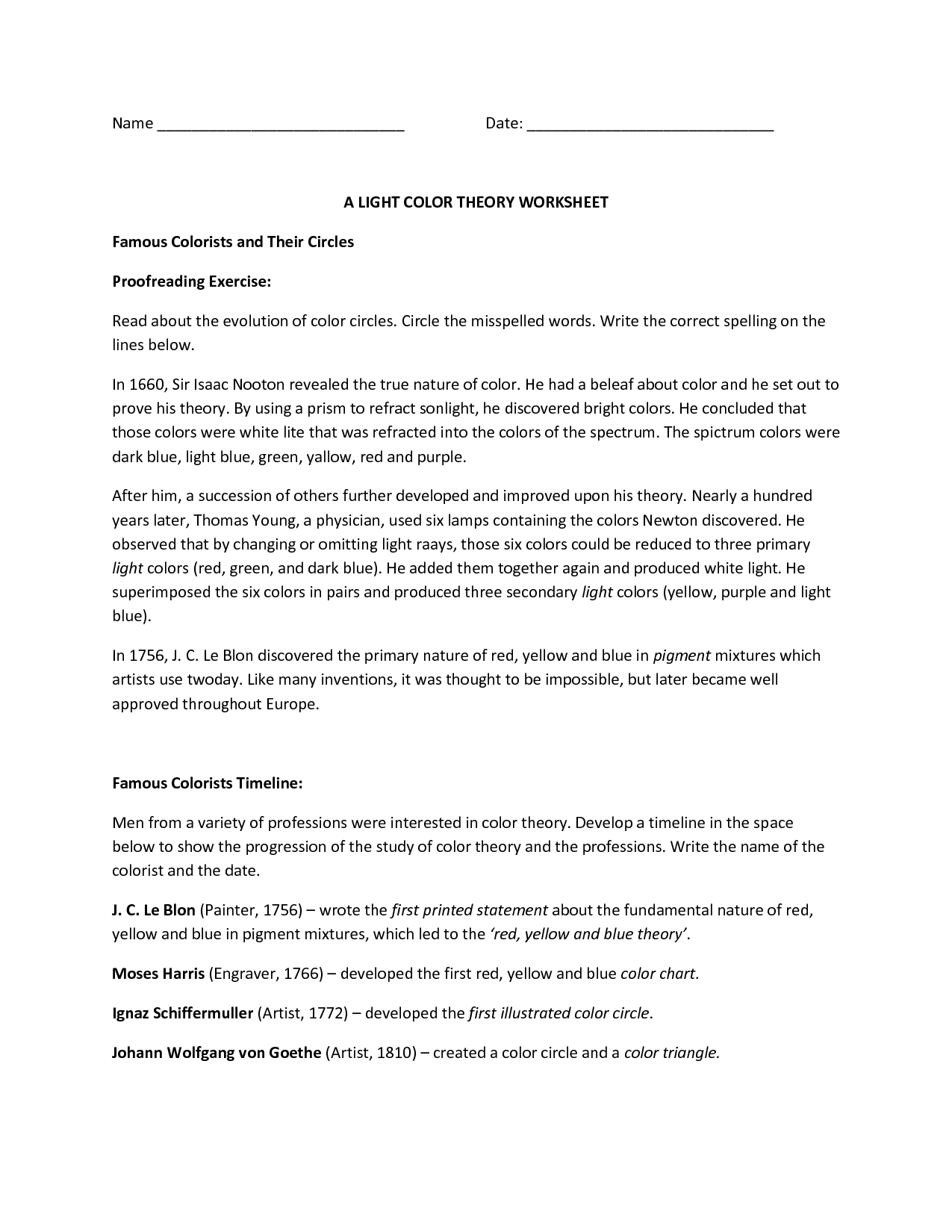
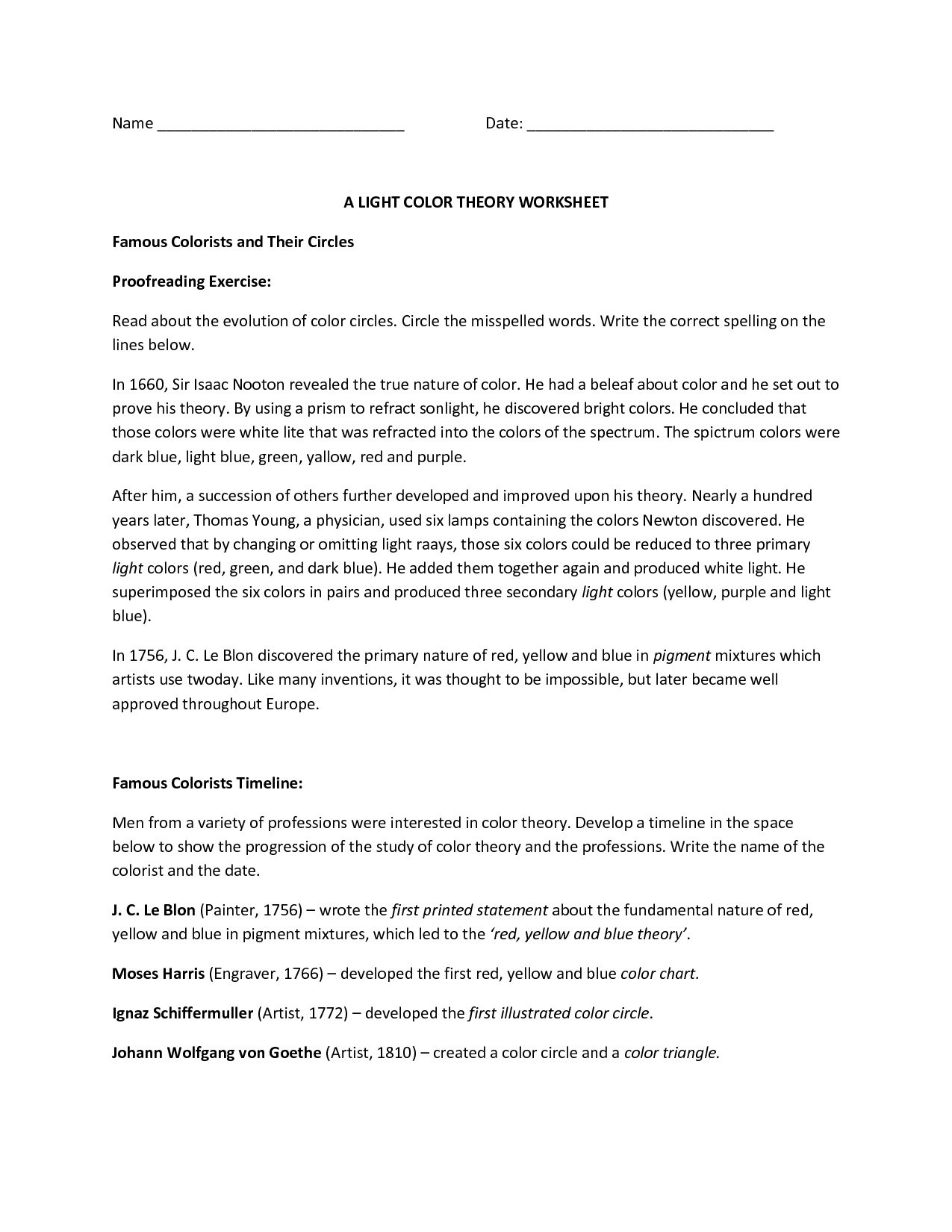
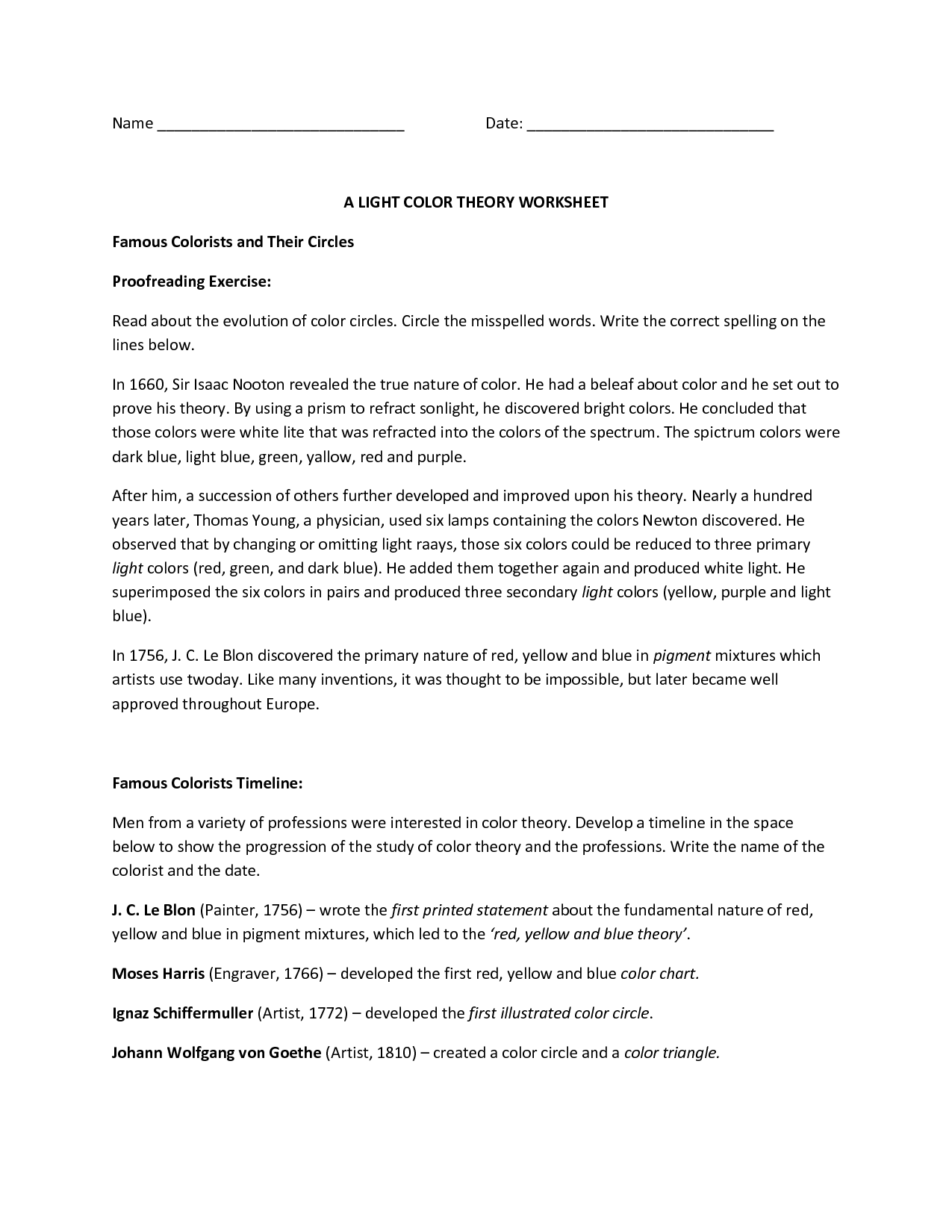
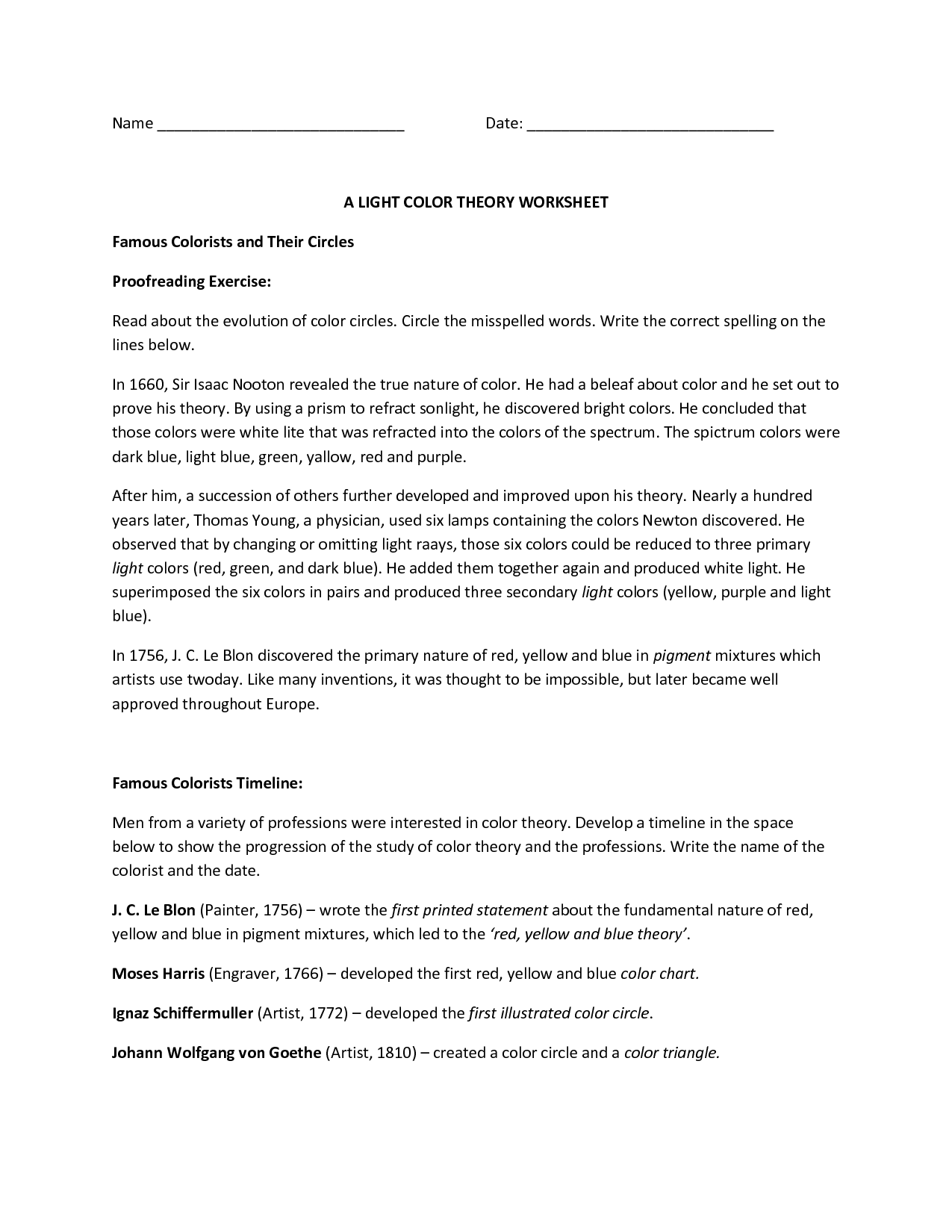
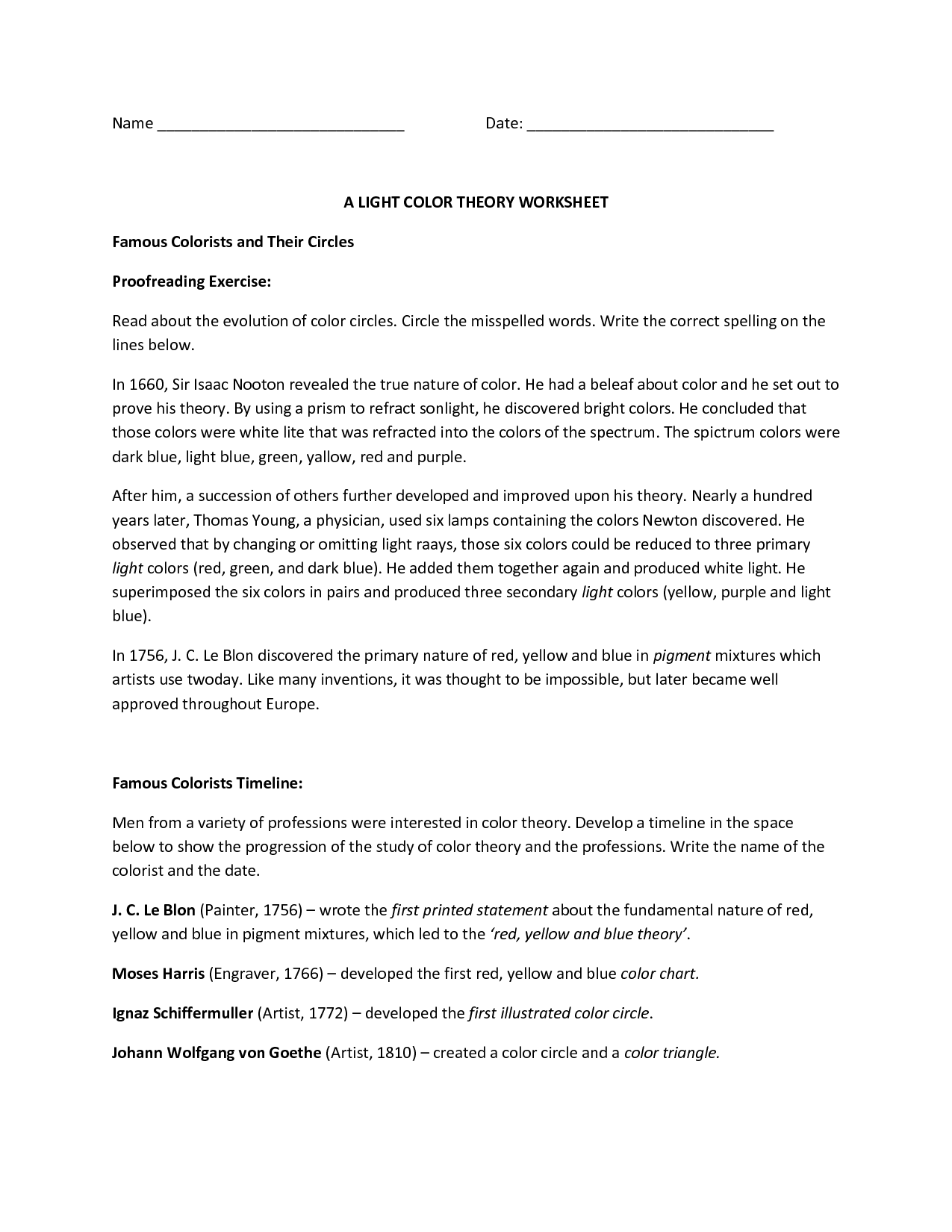
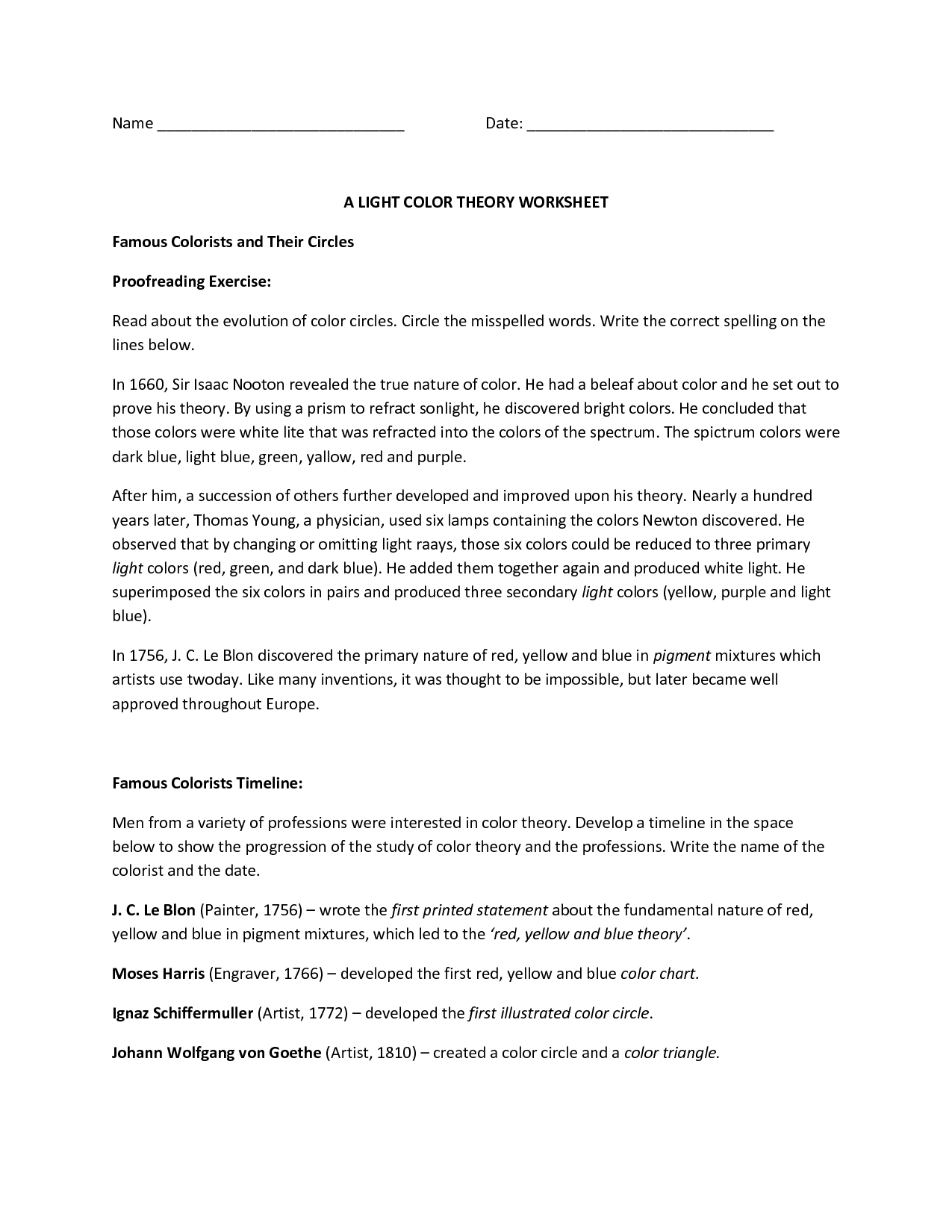
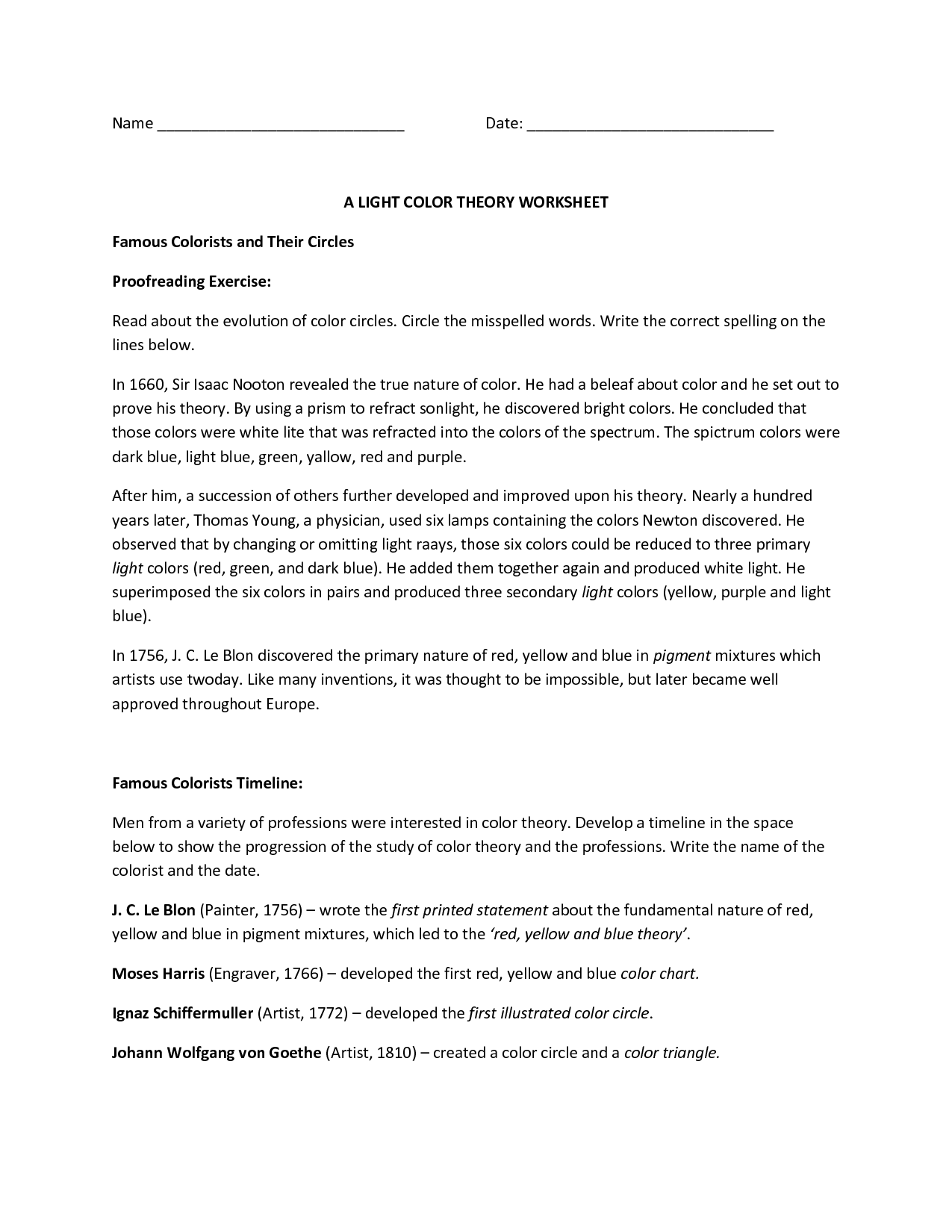
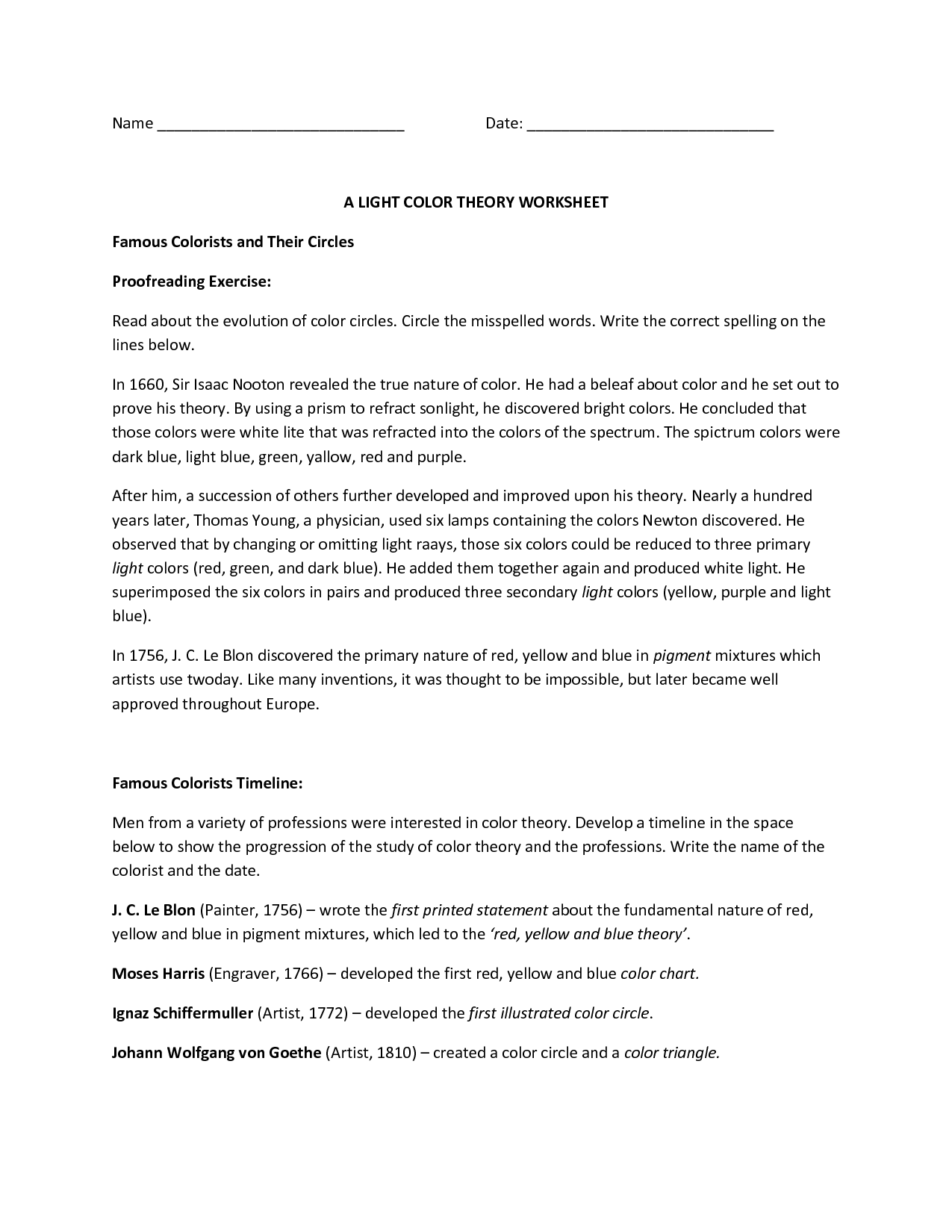
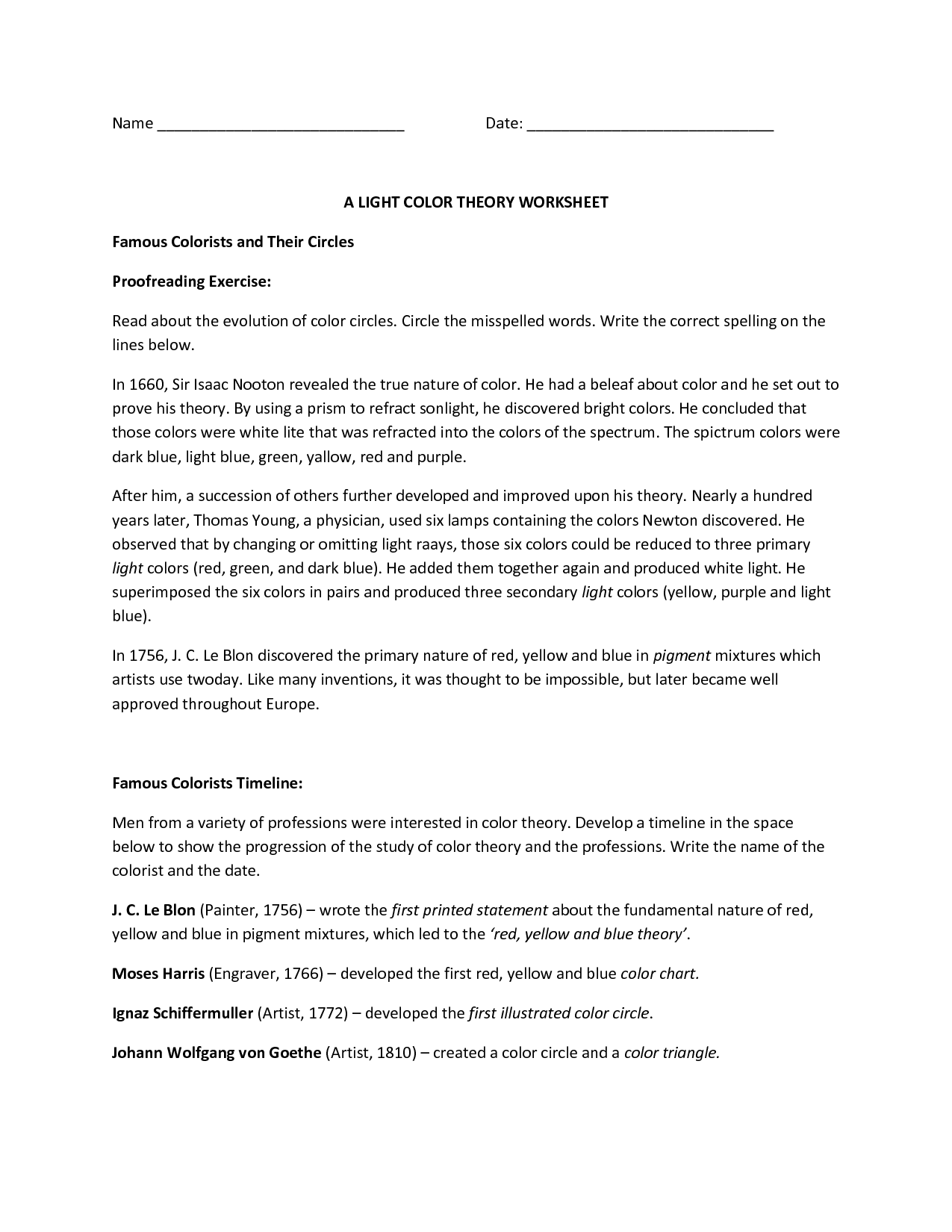
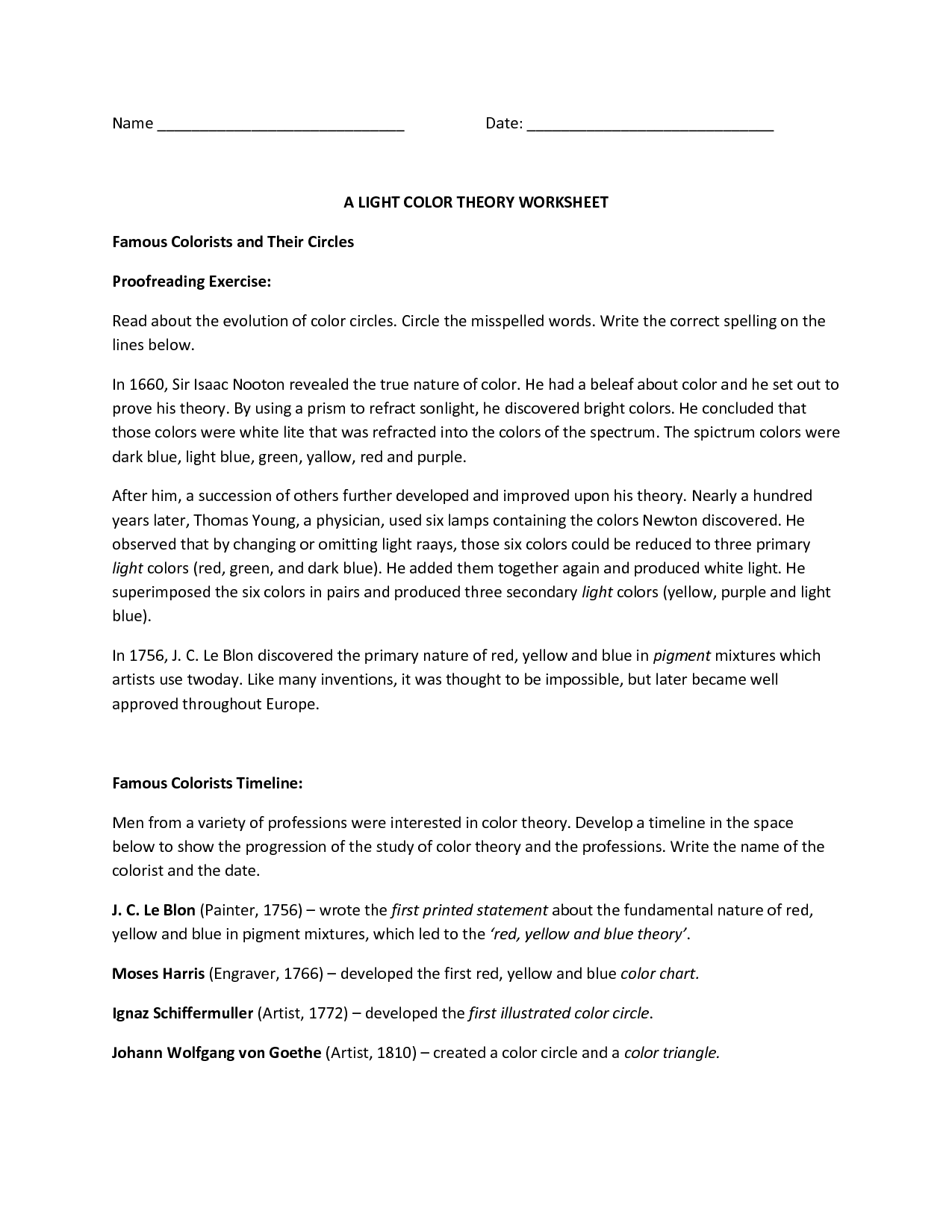
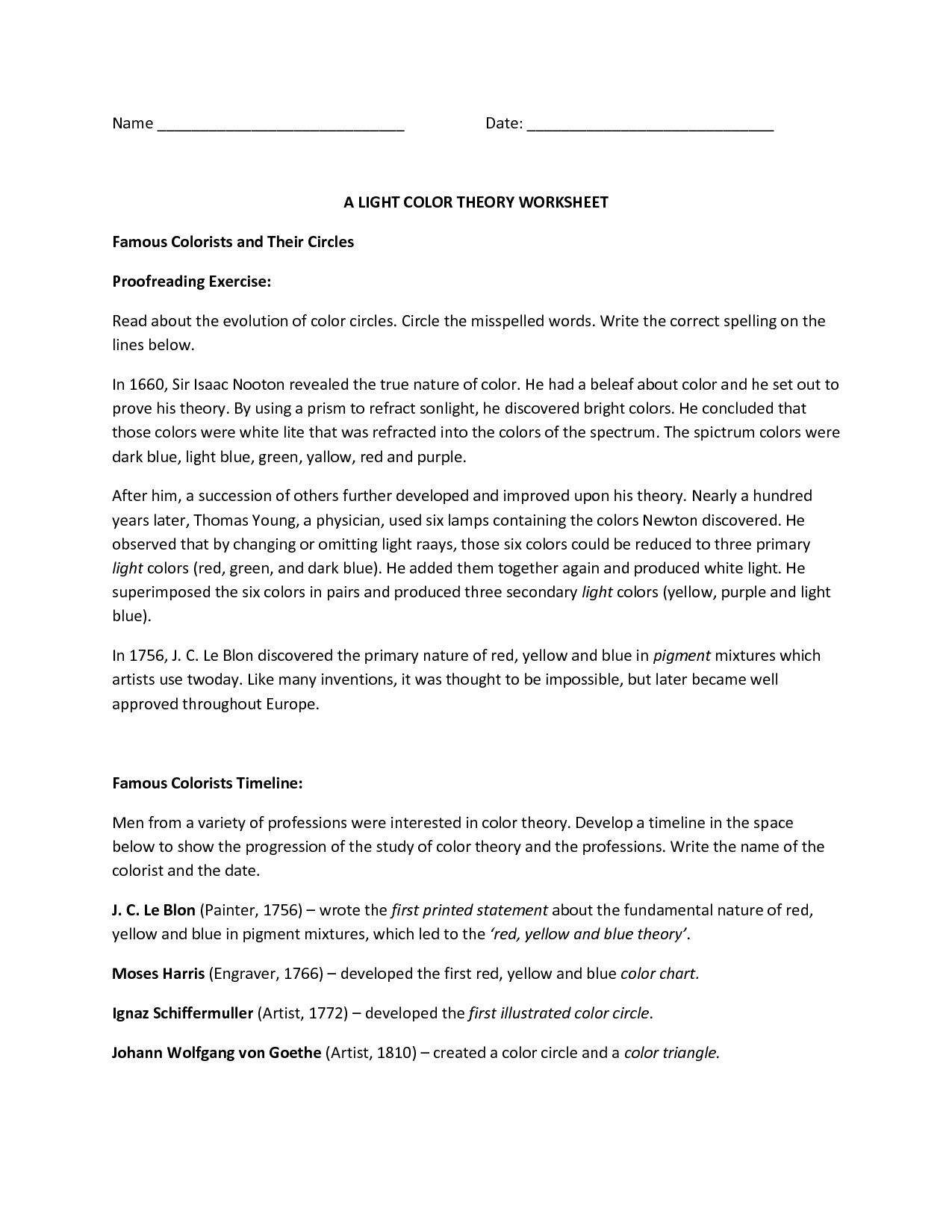
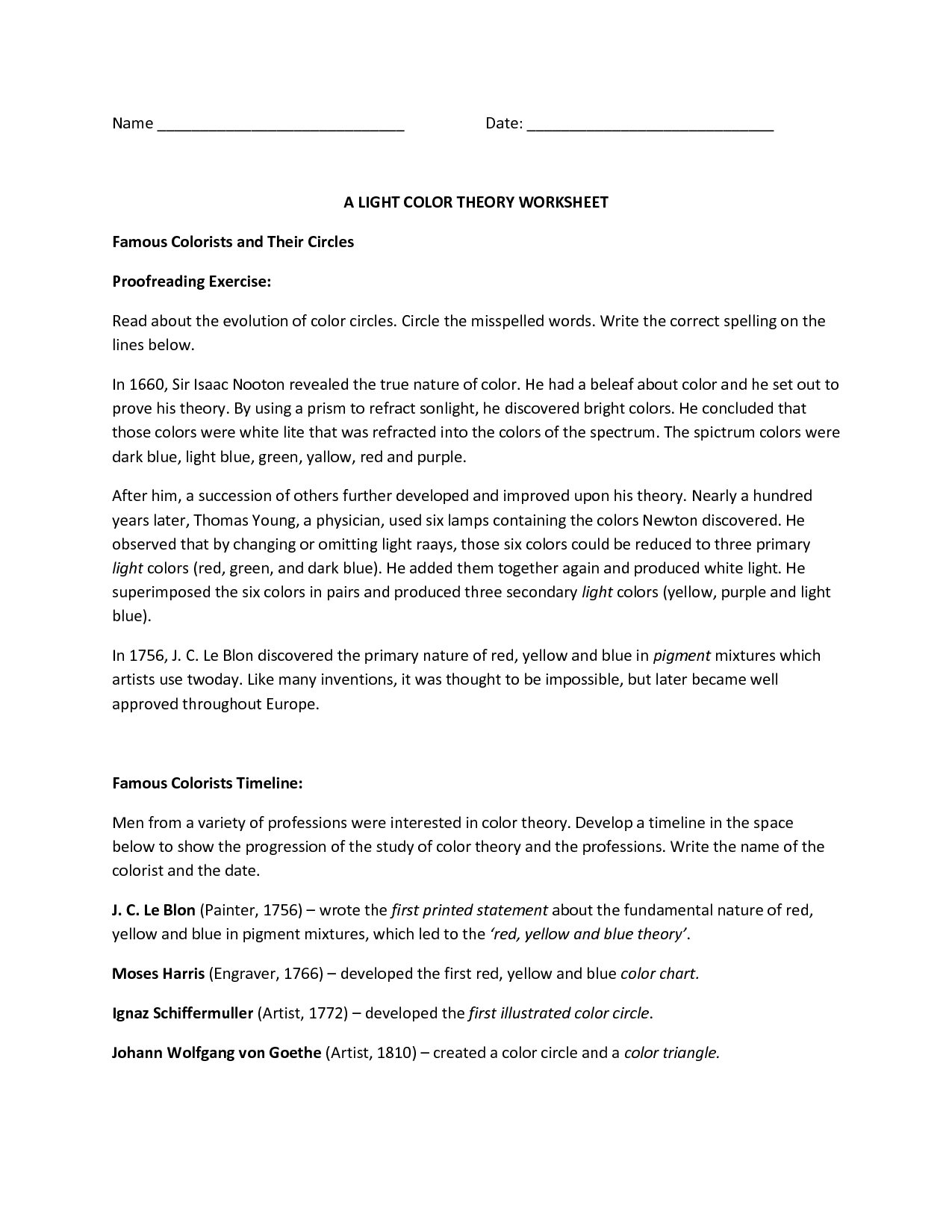
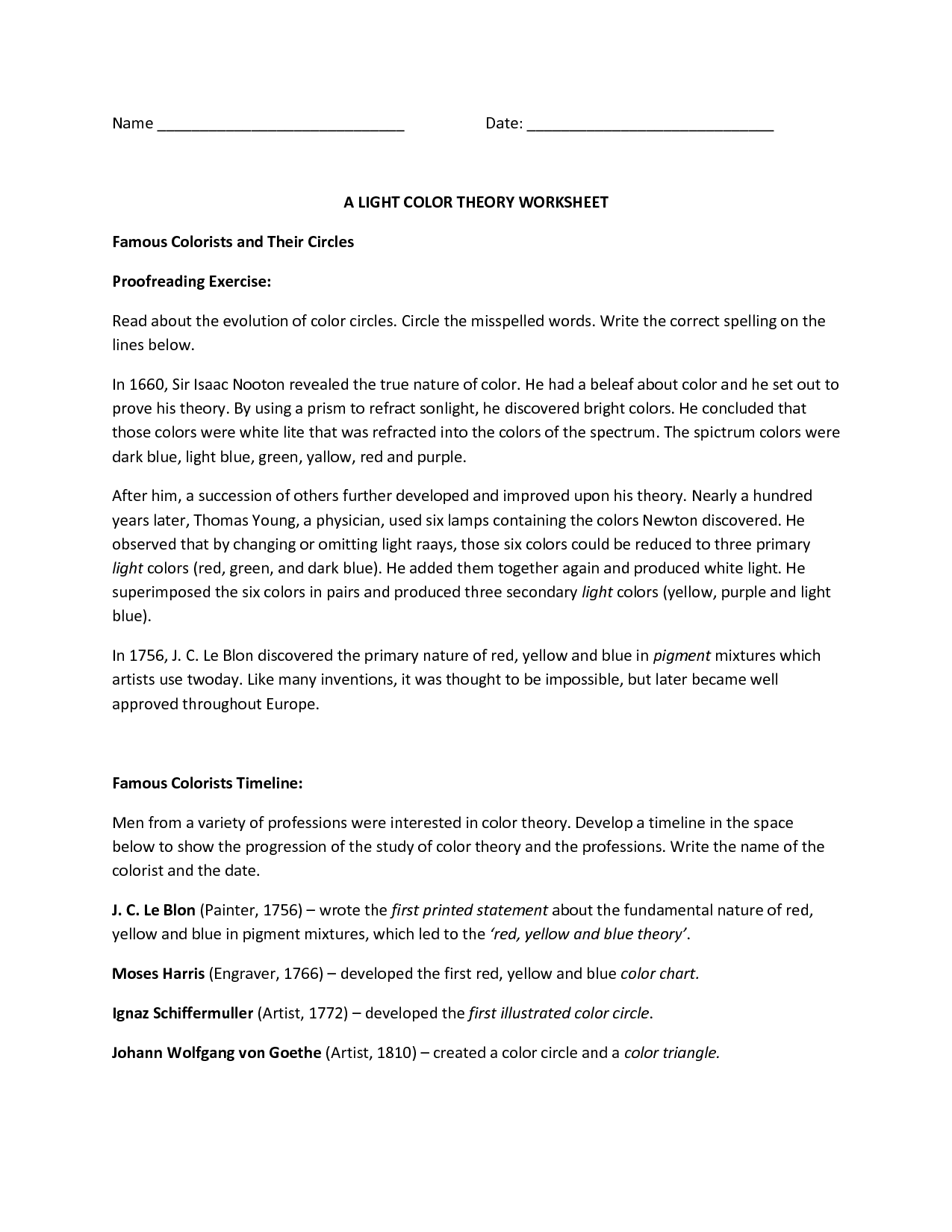














Comments